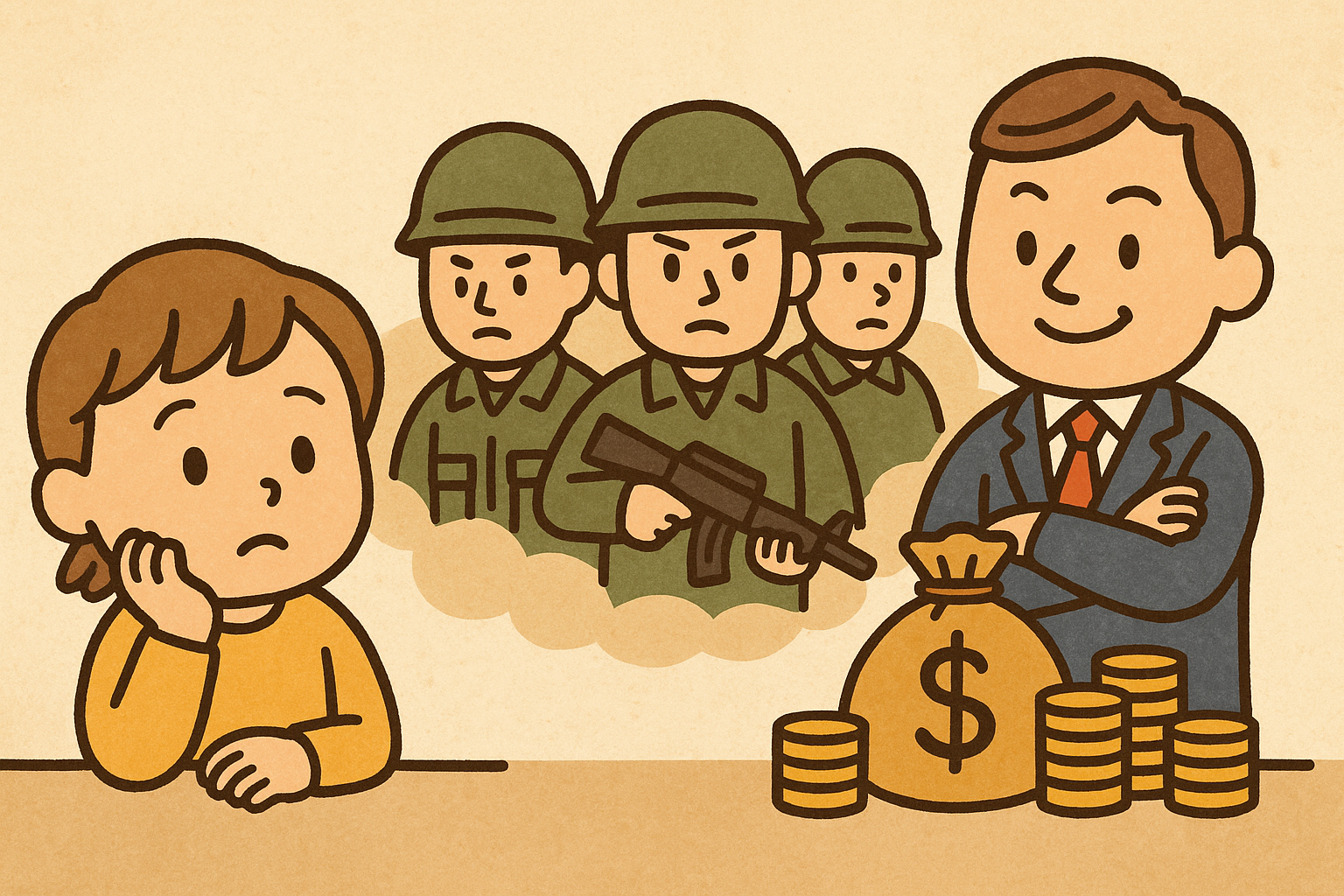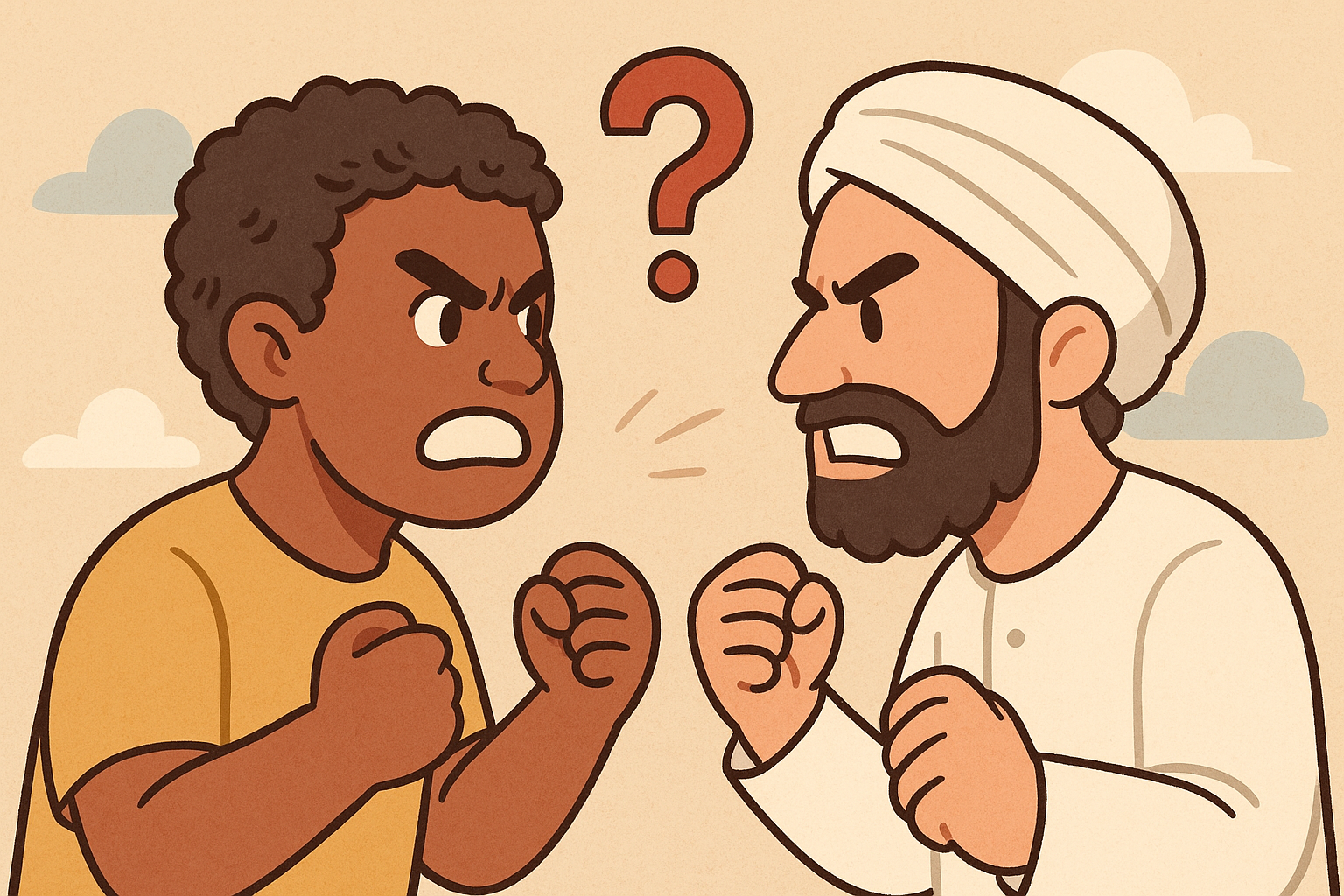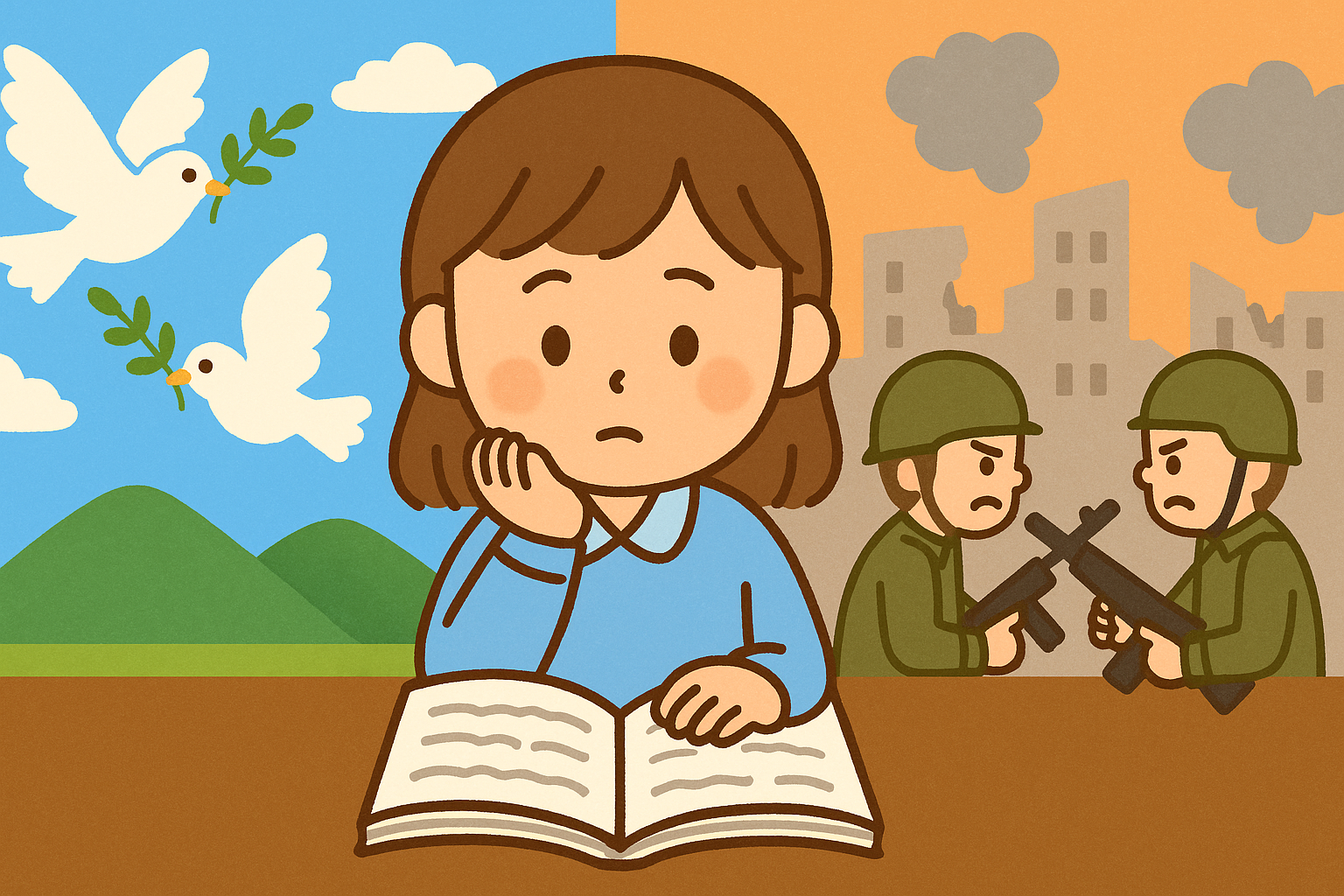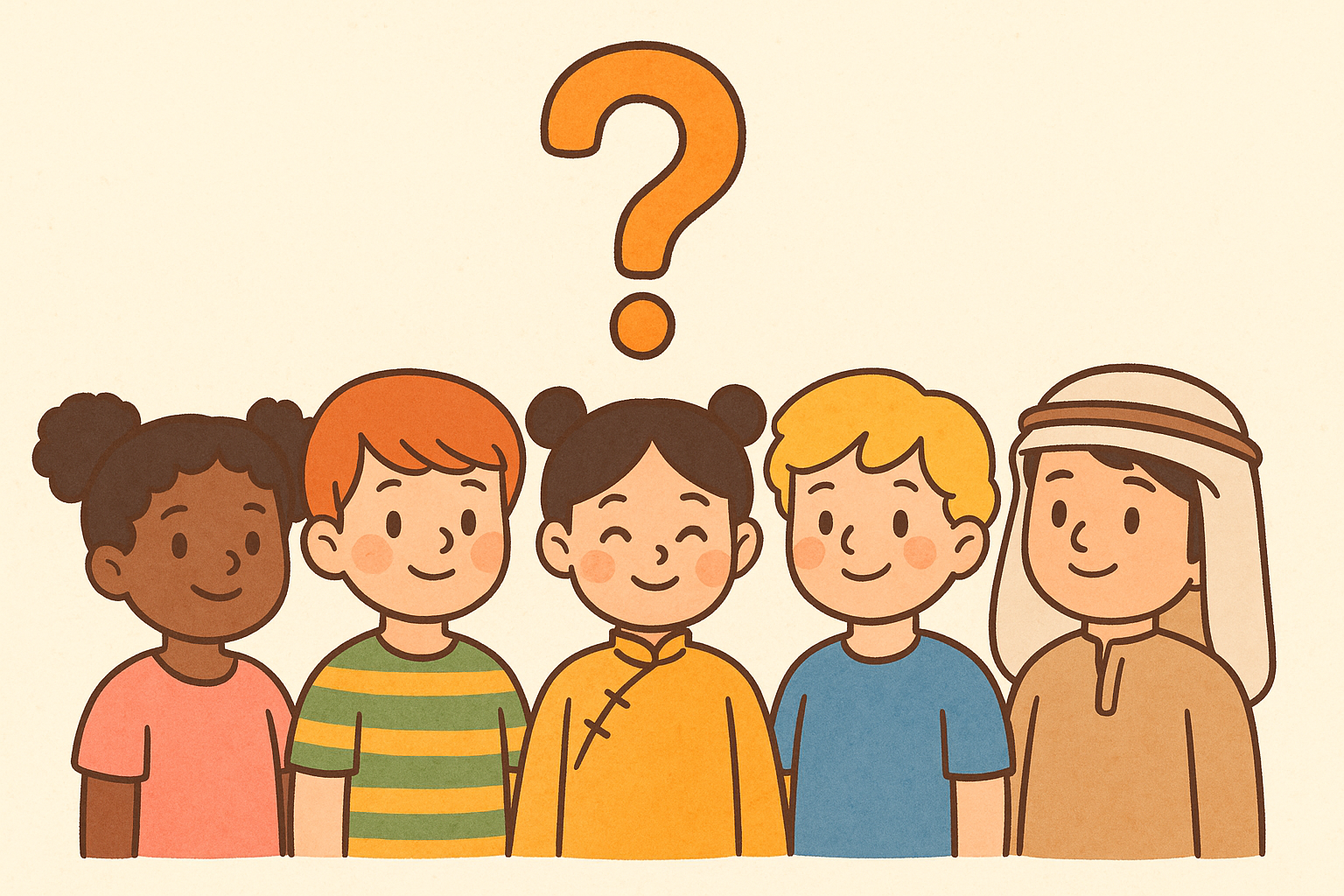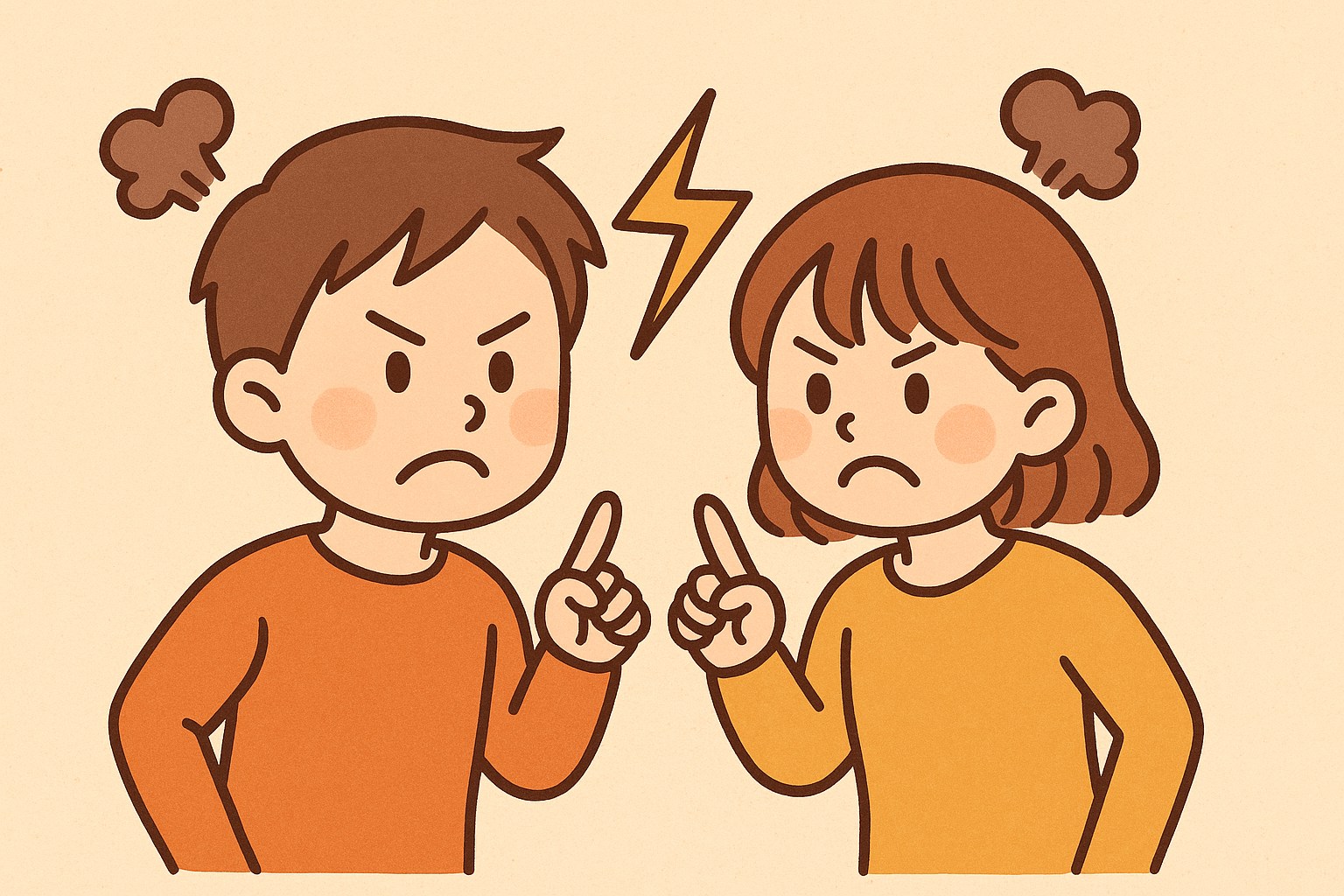Do You Know About Permaculture? How to Build a Sustainable and Peaceful Life
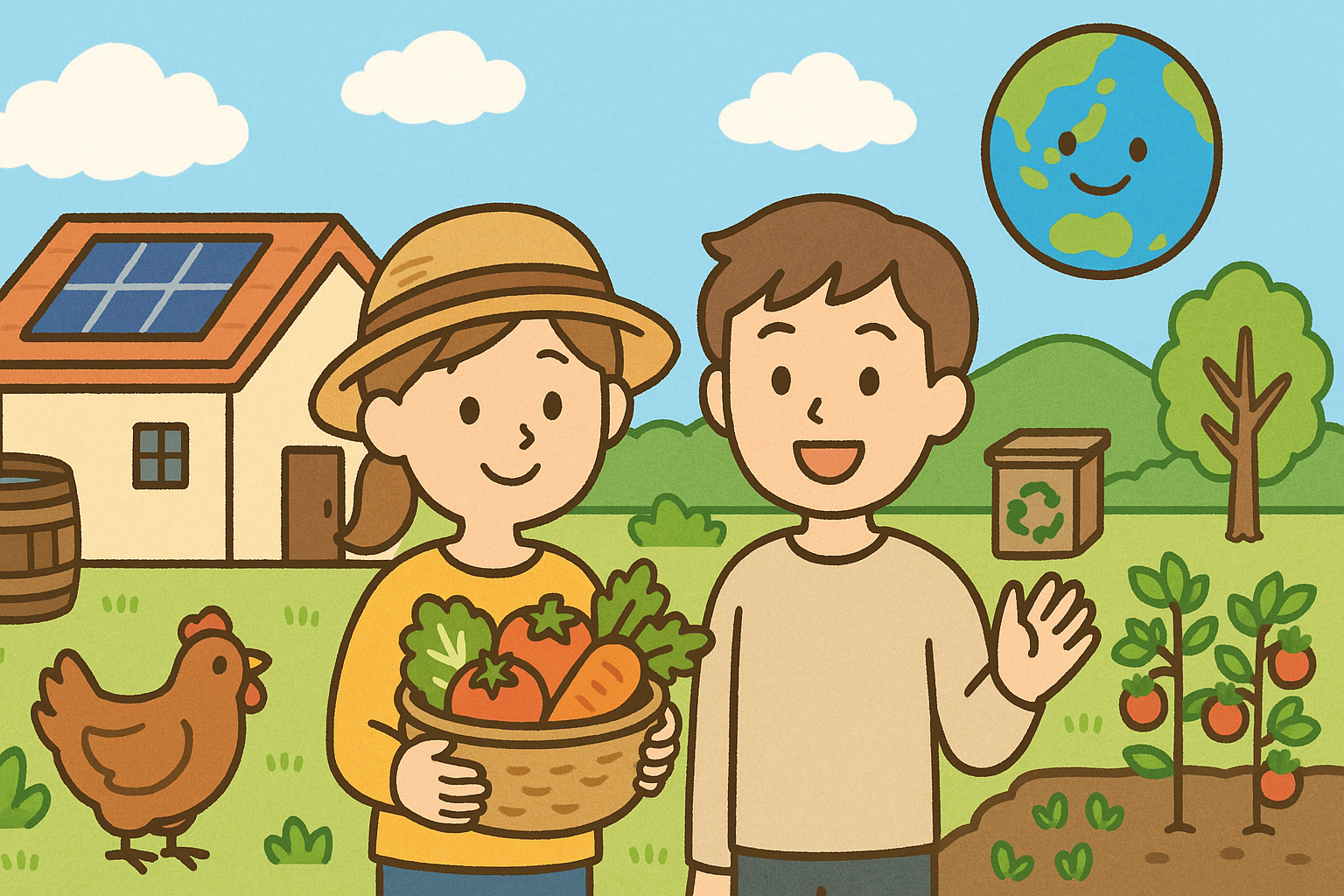
“How can we create a future that’s gentle on the Earth and where everyone can live in peace?”
Have you ever wondered about that?
Today, the world is facing many challenges—environmental destruction, war, poverty, climate change. But maybe the key to solving these problems lies closer than we think.
That key is called permaculture.
In this post, we’ll explain in a simple and friendly way—especially for high school students—what permaculture is, and how it can help us live sustainably and peacefully.
What is Permaculture?
“Permaculture” is a combination of the words permanent and agriculture (or culture).
It was first proposed in the 1970s by two Australian researchers, Bill Mollison and David Holmgren. Their goal was to create a new kind of agriculture—one where both people and nature could thrive.
Today, permaculture has grown beyond agriculture. It includes how we build homes, how we use energy and water, and how we build strong communities.
In short, permaculture = a way of designing life so that it’s kind to the Earth and good for people.
The Three Core Ethics of Permaculture
Permaculture is built on three very important ethics:
● Earth Care
Take care of nature—plants, animals, soil, and water. If the Earth isn’t healthy, we can’t be either.
● People Care
Take care of yourself and others. Make sure everyone can live in safety and comfort.
● Fair Share
Share your surplus. Don’t hoard food, money, or time. Distribute what you don’t need to help others.
These three ideas form the foundation for all kinds of creative solutions in permaculture.
What Does Permaculture Look Like in Practice?
So, what does this actually look like in daily life? Here are some examples:
● Growing Your Own Food
Instead of depending on supermarkets, you can grow vegetables in a garden or plant fruit trees in your yard.
And you do it naturally—no chemical fertilizers or pesticides. You can mix fallen leaves into the soil to create compost, or raise chickens to help eat weeds and fertilize the land.
This not only improves the soil, but also attracts insects and birds, helping nature thrive.
● Collecting and Using Rainwater
You can collect rainwater from your roof and store it in a tank for watering your garden or flushing the toilet.
By using water from nature instead of the tap, you’re practicing another great permaculture habit.
● Turning Waste into Resources
Kitchen scraps can be turned into fertilizer by composting.
Even items you no longer need can be repaired or reused in creative ways to reduce waste.
● Building Eco-Friendly Homes
Permaculture encourages homes that stay cool in summer and warm in winter, with natural ventilation and insulation, like using earthen walls.
You can also use solar panels and wood stoves—natural energy solutions that reduce your environmental footprint.
● Creating Caring Communities
Share food. Lend tools. Help each other in times of need.
Permaculture values warm and caring relationships between people.
Instead of struggling alone, we build a life where we support each other. That’s the first step toward peaceful living.
Why is It “Sustainable” and “Peaceful”?
Permaculture is called “sustainable” because it uses the power of nature wisely and doesn’t put extra pressure on the Earth.
In fact, it doesn’t just protect nature—it can help restore damaged land and water.
It’s also a path to peace.
When we value our connections with others and share instead of fighting over limited resources, we create a society where conflict is less likely.
And if a community can produce its own food and energy, it doesn’t need to rely on unstable outside systems—meaning it’s less affected by war or economic crisis.
Anyone Can Try Permaculture
Does this all sound amazing—but kind of unrelated to your life?
Actually, permaculture can start with small things:
- Remake something at home instead of throwing it away
- Grow vegetables in planters on your balcony
- Catch rainwater in a bucket and use it to water flowers
- Share tools with your neighbors
Even these small actions are important steps.
Conclusion
Permaculture isn’t just about farming or DIY—it’s a way of rethinking how we live, based on a serious question:
“How can humans live in harmony with the Earth?”
If you’re going to live in this rapidly changing world, permaculture might offer you important ideas for the future.
If you’re curious, look up permaculture projects, read stories, or watch videos about people living in this way.
You, too, can be part of creating a sustainable and peaceful future.

